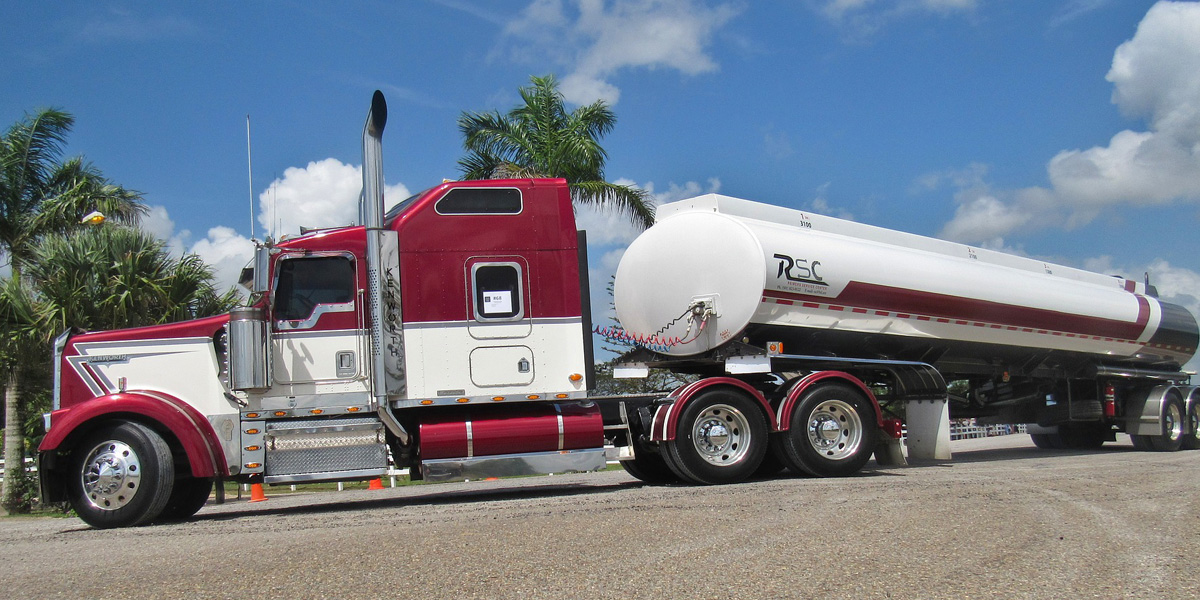
Fuel Transportation Work Supplies
What are the best safety gloves, vests and absorbents for fuel transportation?
The oil and gas transportation business consists of long drives and hard work once you arrive at your destination. The most common injuries typically happen to ones hands or back. We can’t provide recommendations for back injuries or pain, however we have the best fuel transportation gloves.
Fuel and oil are tough chemicals and the best thing to combat tough chemicals is nitrile. Nitrile is a synthetic material and is resistant to oil and gasoline. Gloves that have an interlock lining and a PVC safety cuff are nice additions as well. The glove that check all of these boxes are our Predalite Fully Coated Nitrile Glove (9786). In addition to everything I just mentioned, these gloves also are treated with Actifresh to help fight odor. Another popular glove is our Oil Hauler PVC gloves. They come in 2 different styles and we also have a style that is foam lined to keep your fingers warm in the winter months:
 |
 |
 |
| SGSS6410SC | SGSS6410SCHV | SGSS6710T |
Most stops are often in high traffic areas so having hi-visibility safety vests or shirts are important as well. Class 2 t-shirts eliminate the need to purchase safety vests. Also, the black bottom on these shirts (SCSTSCL2MSL) will hide any oil! If driving with reflective material is uncomfortable, having an economy safety vest (SV2CL2MLZ) in the truck is an easy solution.
When trucks aren’t on the road, they are typically at the terminal getting work done. Making sure the truck runs smooth helps eliminate delays and costly breakdowns. Any mechanic knows that having the right industrial wiping rag is important. Polo T-shirt rags (O106) are mostly cotton and can be used to absorb and wipe down any engine or nozzle. If you are looking for something more consistent, we suggest white sheeting rags (O114). The most economical shop rag for your garage is colored fleece or sweatshirt rags(O105). In addition to rags oil absorbent pads are something to keep handy in case of larger leaks and spills. The size of the leak will determine the absorbent pad you should you. For larger spills, our heavyweight pad (A100WSMH) would work best, but for quick drips the oil only absorbent single weight pad (A100WSMS) will work.
